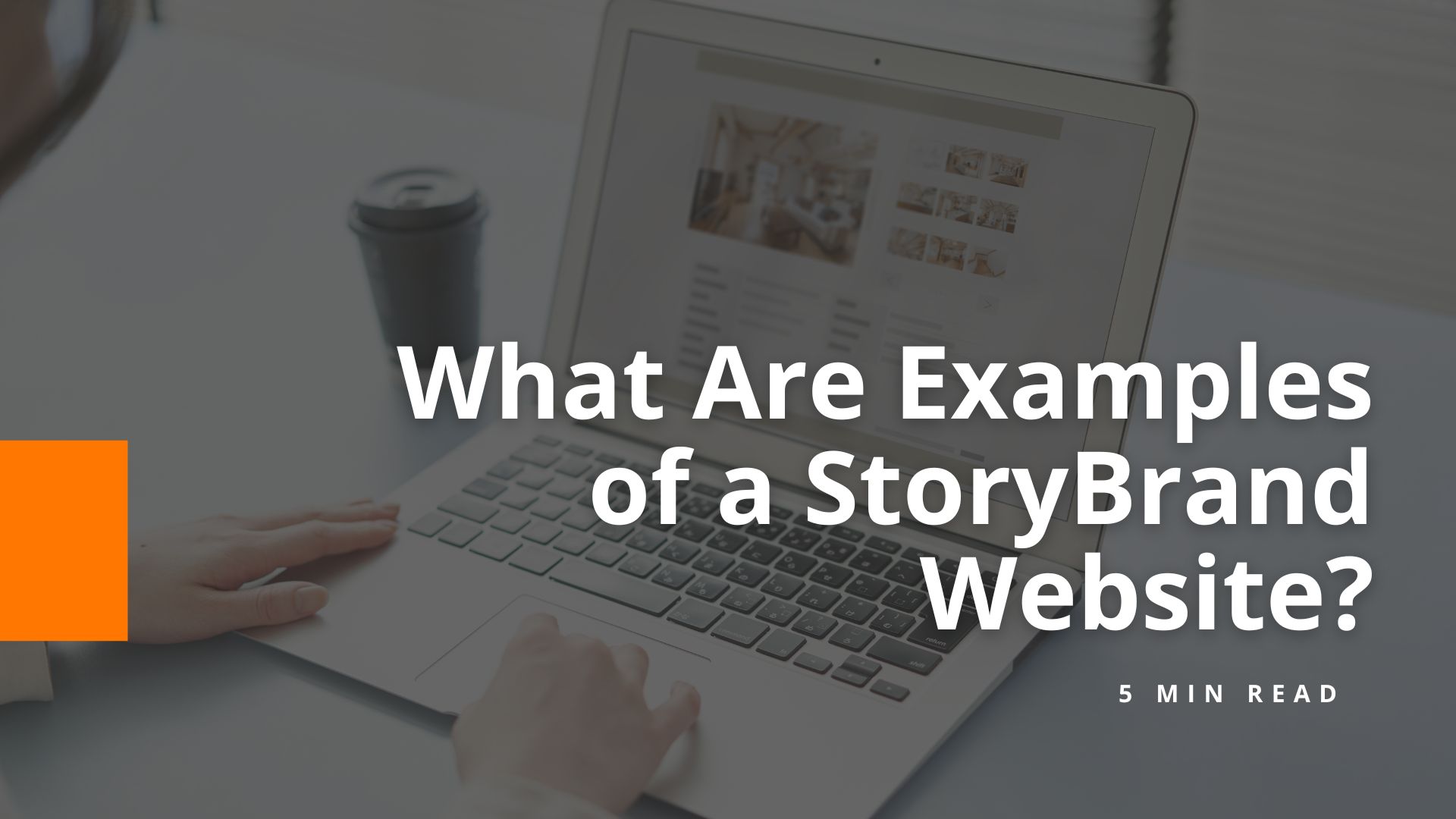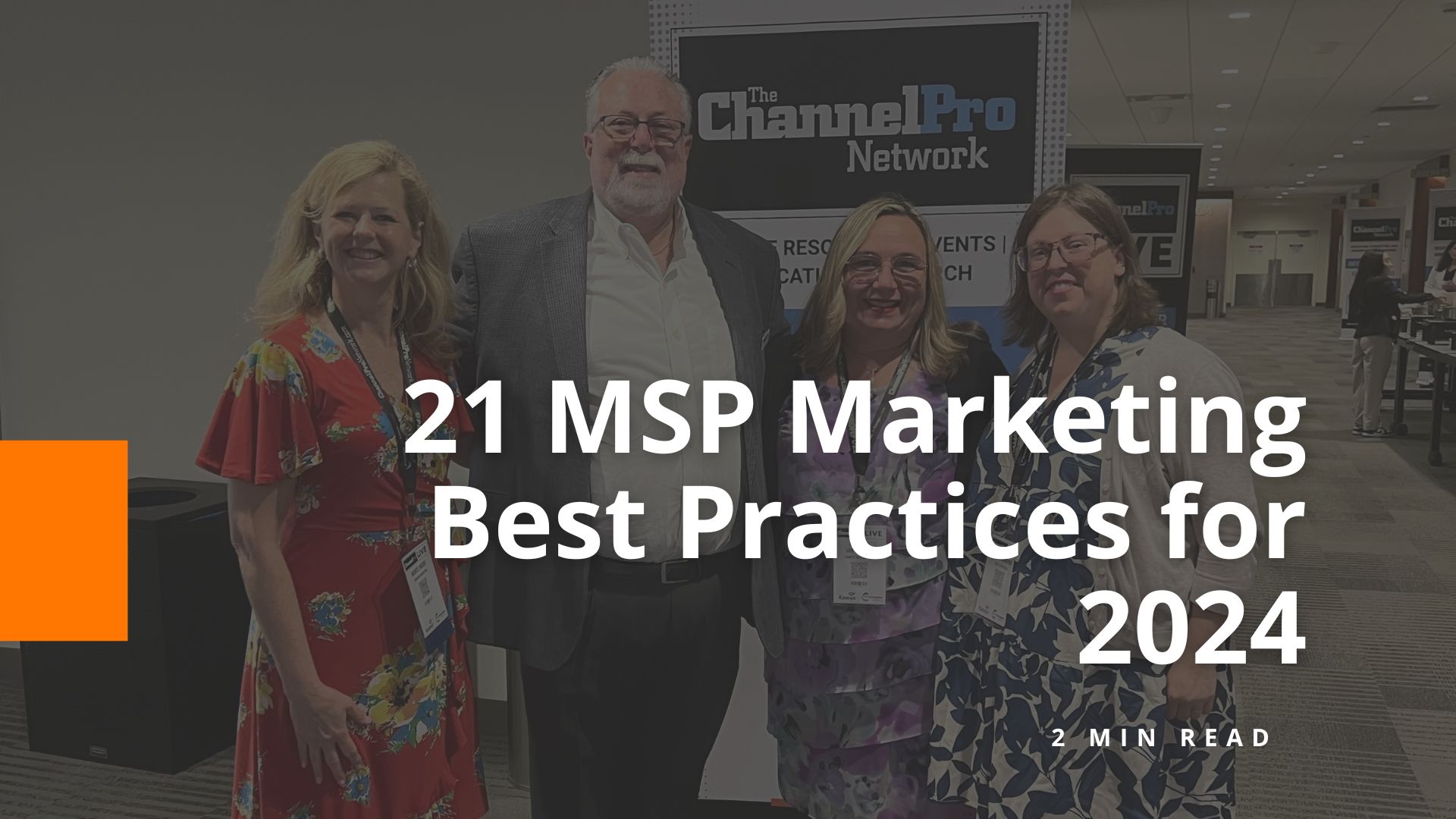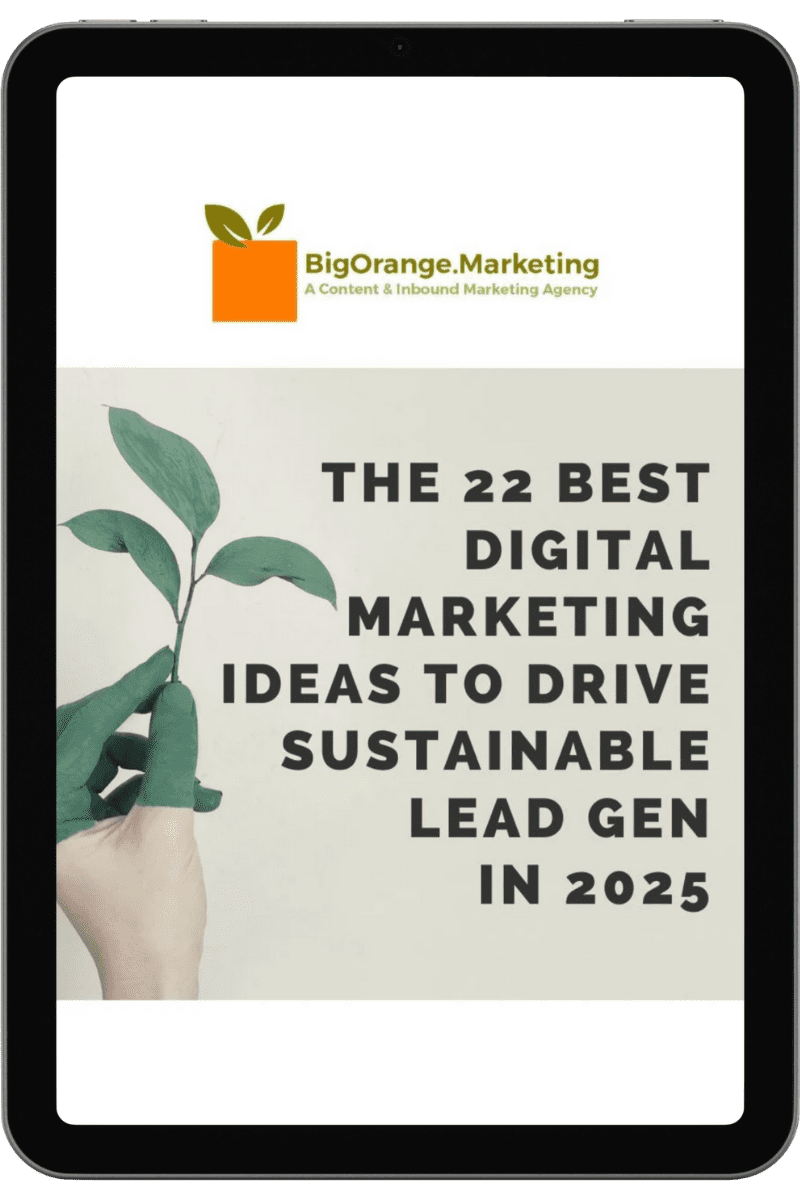What Are Examples of a StoryBrand Website?

An example of a StoryBrand website includes Internos Group’s website, which explains the company’s Miami IT services. The site clearly appeals to the customer’s goals, telling a story with visual elements, cohesive brand and solutions to various customer problems. StoryBrand website examples like this one always position the customer as the hero, outline the problems they face and present the brand as the guide offering a solution. Here is a list of other attention-grabbing StoryBrand websites to visit.
What features should a StoryBrand website include?
A StoryBrand website should include the following features:
- A clear, engaging headline that captures the reader’s attention.
- A concise explanation of the customer’s problem.
- A presentation of the brand as the guide with a solution.
- A detailed plan outlining how the customer can achieve their goals.
- Strong calls to action, detailing how customers can take their next steps.
- Visual elements that draw the eye along each website page and enhance the story.
How does a StoryBrand website differ from a traditional website?
A StoryBrand website differs from a traditional website in its approach to messaging and customer engagement. While traditional websites often focus on business and marketing, listing features and services, a StoryBrand website uses a narrative structure to personally connect with readers. It positions the customer as the hero and the brand as the guide, making the messaging more relatable and compelling. This approach helps build a stronger emotional connection and encourages visitors to take action with clear steps.
What are the seven key elements of a StoryBrand BrandScript?
The seven key elements of a StoryBrand BrandScript are:
- Character: The main character in the story should always be the customer.
- Problem: A description of the primary challenges the customer faces.
- Guide: A helpful authority figure (your brand) who helps guide the customer to a solution.
- Plan: Steps the customer can take with your brand to solve their problem.
- Call to action: The action you want the customer to take.
- Success: Description of what success looks like after working with your company or buying your products or services.
- Failure: The consequences of inaction, or choosing a competitor.
How can the StoryBrand framework help my business grow?
Using the power of storytelling, the StoryBrand framework nurtures meaningful connections with audiences. It helps businesses elevate their brand, attract more clicks on their websites and gain more leads by making their messages more attention-grabbing and memorable.
Wondering What Are Examples of a StoryBrand Website?
To learn more about how you can utilize StoryBranding for your organization, schedule a non-sales call with us. We are excited to hear about your vision and goals.
Share the knowledge
What Are the 7 Steps of StoryBrand?
The 7 steps of StoryBrand are designed to create a clear and attention-grabbing narrative that positions the customer as the hero and your brand as…
Explore this TopicWhat Are Examples of StoryBrand BrandScript?
If you’re up to date with the digital marketing world, chances are you’ve heard about the StoryBrand BrandScript. As a StoryBrand certified guide, we offer…
Explore this TopicMastering Vendor Partnerships: Tips for Effective Vendor Management Webinar
Effective vendor management is crucial to ensuring your business’s success and future growth, especially for managed service providers (MSPs). In such a competitive industry, mastering…
Explore this TopicHow to Tell the Tale: What Is a StoryBrand BrandScript?
What Is a StoryBrand BrandScript? A StoryBrand BrandScript is a script that summarizes your key message as an exciting and easily readable story. It’s based…
Explore this TopicGet Leads And Grow: 21 MSP Marketing Best Practices for 2024
Our own CEO Margee Moore presented her talk to ChannelPro in June. We were delighted to share MSP marketing best practices for 2024 and marketing…
Explore this TopicHow Is a StoryBrand Brandscript Used?
A StoryBrand Brandscript is a powerful tool that helps businesses clarify their messaging by structuring their brand story in a way that resonates with their…
Explore this TopicWhat Is the Purpose of StoryBrand?
The purpose of StoryBrand is to help businesses clarify their messaging so they can more personally and clearly communicate with their customers. By using the…
Explore this TopicIs StoryBrand Free?
On its website, StoryBrand offers various resources, some of which are free, such as the StoryBrand podcast and blog. However, more comprehensive resources, like the…
Explore this Topic









